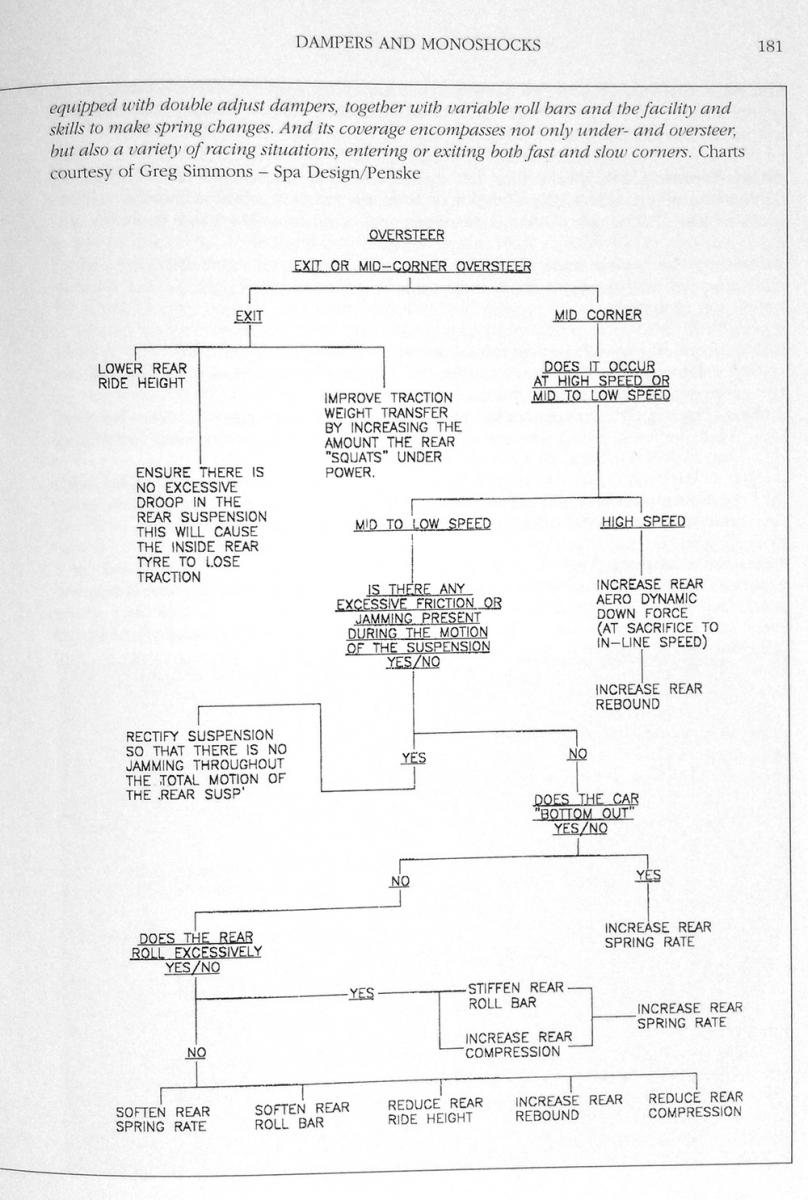

Gently sit on the saddle and dismount your bike.Standing in your “neutral” position on the bike, have your friend reset the rubber O-rings on your fork and shock stanchions.When bouncing, make sure you put a little pressure on the front of the bike, as if you were actually riding. This will get the oil moving through your suspension and balances the air pressure in the shock. Stand up on the pedals and bounce a few times.If your fork and shock come equipped with compression damping knobs, make sure they are in the fully “open” position.Sit down on your E-mountain bike and have a friend stabilize the front of your bike with your front wheel between their legs and their hands on your handlebar.Make sure your tires are inflated correctly and you are wearing all your riding gear.This way you can always go back to the settings you came from. Note Book: Write down the base / initial settings of the fork and shock.Ruler: To measure the neutral and suspended length.Because of the high pressure that goes into the fork or shock, your regular bike tire pump won’t work. Shock Pump: The device you use to pump air into your shock and fork.To set your suspension in a proper way, you need some tools to get the best results out of your suspension. The more rebound damping you use, the slower the fork or shock will return to its natural position. Rebound Damping: The rebound adjustment controls the speed at which your fork or shock returns to natural position. The more compression damping you use, the firmer the shock or fork will feel. This can be the air pressure in the shock or the spring rate of the coil.Ĭompression Damping: Some forks and shocks have the option to control the flow of oil in the internals of your suspension. Spring Rate: The amount of force required to compress the spring. Ideally, you want to set your sag at about 25-35% of the total travel. Performing a sag test is how you set the air pressure in your fork or shock. Sag: Compression of the fork and/or shock caused by the rider’s static weight. O-ring: A rubber ring around the fork or shock stanchion that is used to measure the sag. Stanchion: The tube(s) of the fork or shock that goes into the “lowers” on the fork and the body of the shock. Shock: The rear suspension mechanism on your E-mountain bike. For example, the Full-E+ has 140mm of rear-wheel travel and the Dirt-E+ has 120mm of front-wheel travel.įork: The front suspension mechanism on your E-mountain bike. Travel: The amount movement your suspension has or, in other words, the length of the stroke of your suspension. Let’s begin with some suspension terminology: The suspension setups for Giant off-road E-bikes are the same as those on traditional mountain bikes. Full-suspension helps you roll over technical terrain with less effort and it gives you more traction on rough or loose surfaces compared to a hardtail. You’ve taken a great first step in purchasing a full-suspension E-mountain bike! To get the best performance from your new bike, you’ll want to fine-tune the front and rear suspension components.


 0 kommentar(er)
0 kommentar(er)
